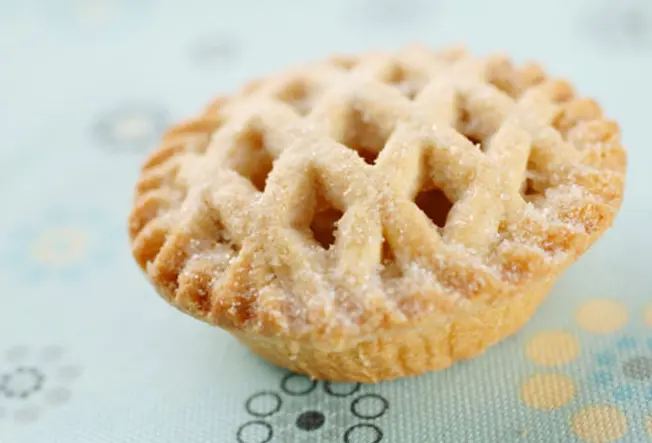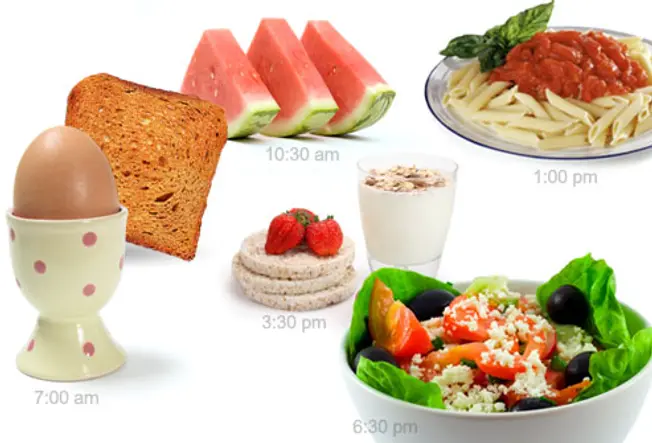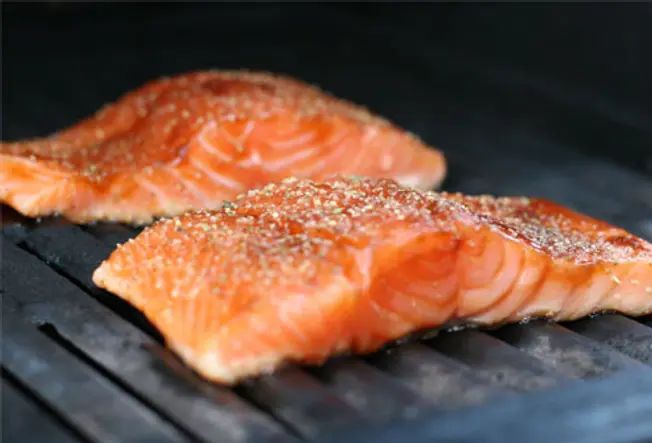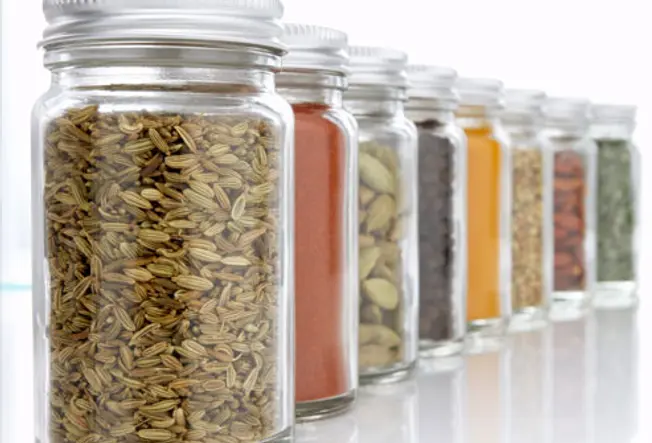55
Bamboo Lettering – event #55 at the Vancouver International Writers Festival. Saturday Oct 22nd, Arts Club Revue Theatre, Vancouver
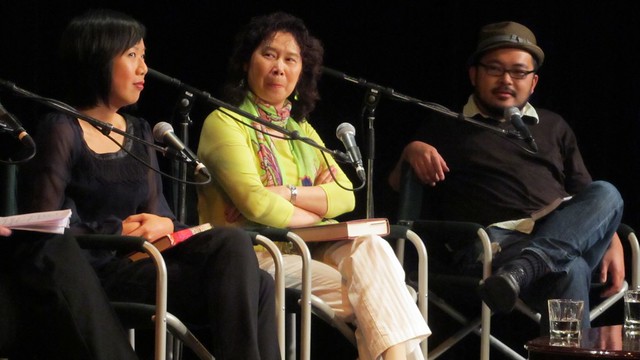 – photo T.Wong
– photo T.Wong
This is my favorite photo of the three writers Jen Sookfong Lee, Ling Zhang and Kevin Chong. They each displayed wonderful humour. Jen is of course the most expressive with subtlely outrageous statements about her mother, food, and her writing habits. Ling Zhang is the most melodramatic, in a classic Chinese self-denying sort of way, while she claims she doesn't want her writing to be so melodramatic. Kevin Chong is straight-ahead deadpan humour with insightful observations.
Festival organizer Hal Wake titled this event “Bamboo Letters” because author Kevin Chong is reported to have said he would never want to have “bamboo lettering” on the cover of one of his books. And so this is the situation posed by moderator Catherine Gretzinger: “Three authors, who could be labelled “Chinese Canadian” if you were keen
to apply labels, talk about the tension between avoiding your heritage
and embracing your heritage.”
Chong admitted that he never really wanted to originally be a classic style “Asian-Canadian writer”, since he came to Canada in the late '60s from Hong Kong with his parents. And to some extent he has avoided the familiar storylines of head-tax survivors toiling in Chinatown for meagre salaries, and triumphantly integrating into Canadian society (or not) in spite of racism. Chong instead has opted to write a different kind of Asian Canadian character for his new novel “Beauty and Pity” that is about a post-1967 post-modern immigrant-slacker. But it is still an update of the clash of generations and how the character must reconcile an Asian-Canadian identity for himself. I bought “Beauty Plus Pity” at the Word On The Street Festival, because I arrived late (due to a previous engagement) at Chong's book launch held at The Penthouse Nightclub, because I was too busy chatting with others when they packed up the books for sale.
Jen Sookfong Lee is a familiar voice on CBC Radio with her “West Coast Words” segment for “On The Coast”. She has revealed previously little known characters from Asian Vancouver for her latest novel “The Better Mother”. Set during the 1980's, Danny is a gay Asian, who recalls meeting characters from Chinatown's burlesque era in the late 1950's. It is a rich juicy setting that juxtaposes taboo subjects for conservative immigrant families, and Lee's attention to details makes for a colourful read. I really like this book – but I keep borrowing it repeatedly from the library, because I have been too busy to sit down and read anything… so I keep renewing it and renewing it…and re-reading the beginning chapters because they are so re-readable!
Ling Zhang is an unknown quality. She has written 5 books, but nobody in Canada has really read any of them, because they were all published in China and only available in Chinese…. until now. Zhang's newest novel is Gold Mountain Blues, translated from the Chinese publication because Zhang writes in Chinese. She has written an epic novel spanning 150 years of Chinese Canadian history, 5 generations of a family, detailing the struggles of early Chinese pioneers coming to Canada to work on the the Canadian Pacific Railroad and integrated into the Canadian cultural mosaic. It is interesting that Zhang is in some sense a recent immigrant, arriving in Canada in 1986 – part of the most recent wave of Mandarin speaking Chinese immigrants whose growing numbers now outnumber the Cantonese speakers of earlier immigration periods. It is yet a new kind of Chinese-Canadian identity, that has arrived prosperous and assured, without the burden of decades of negative self-identity imposed by decades of systemic racism in Canada caused by Colonial racist superiority, head tax policies (1885-1923), The Chinese Exclusion Act (1923-1947), and limited immigration policies (1947-1967).
Unfamiliar with Zhang's work, and unavailable at the Vancouver Public Library, I googled her name and was surprise to discover that there were numerous news articles concerning the possible plagiarism of her new book, from the works of Asian Canadian literary icons Paul Yee, SKY Lee and Wayson Choy. In her defense, she stated in The National Post “Gold Mountain Blues is the result of years of research and
several field trips to China and Western Canada. The research data
obtained over the years is voluminous enough to allow me to write
another complete novel if I chose to. A hundred and fifty years of
Chinese Canadian history is a “common wealth” for all of us to share and
discover. I have not read The Jade Peony, Disappearing Moon Cafe, The Bone Collector’s Son or Tales from Gold Mountain. Zhang has also said in the Calgary Herald that “I am quite ignorant about what’s going on in the Canadian literary circles,” she says. “This is why it’s so outrageous . . . ‘Excuse me, no
offence to you, but I haven’t read your book. Not because you’re not
great, but because I have been writing in Chinese all the last 13
years.’”
Maybe these issues of different conceptualizations of Chinese Canadian identity is reflected in the author's own experiences of being Chinese Canadian. Over 150 years of immigration, under different circumstances has produced different experiences. Lee's ancestors probably left China when it was still the Qing Empire of the Last Emperor Pu-Yi, Chong's family possibly left Mainland China for Hong Kong while it was a Republic under Chiang Kai Shek or soon after, and Zhang came to Canada long after Mao had led the Communist Party to power.

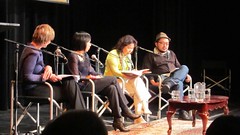





 “Banana’s here! Poor thing. Illiterate and can’t speak properly.”
“Banana’s here! Poor thing. Illiterate and can’t speak properly.”

 -photo courtesy of T.Wong
-photo courtesy of T.Wong
 – photo Deb Martin
– photo Deb Martin











